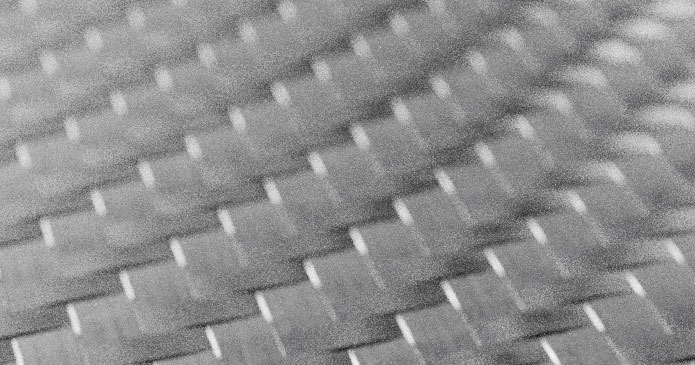Smart Manufacturing & Aeronautics
The final goal of the project is to define the model of an automated and smart factory where it is possible to realize an innovative assembly process (Smart Assembly) with an open or closed structure built in advanced composite materials. The production process, derived from one or more solutions found in this research project, should be able to assemble the parts and guarantee a joint within the customer’s specific limits without the need to take the measurements or implement a filler in the final assembly line to restore the design condition.
The ISAF – Integrated Smart Assembly Factory – project was created to address the problem of joining two or more large parts/structures made of composite materials and therefore affected by the natural variability of the manufacturing process. The variability creates empty space (“gap”) between the parts of the joint.
The usage of connection joint (fasteners) in close proximity to the gap induces stresses that reduce the ability of the structure to resist to static and fatigue loads; therefore, it is necessary to use local fillers of appropriate thickness, shape and materials. Currently this problem requires manual gap measurement, shim manufacturing and adjustment in situ rendering the assembly activity, already deemed to be without high added value, less efficient in terms of quality, time and cost.
In addition, the large number of possible combinations makes process automation very difficult, further increasing the associated costs. In order to reduce or eliminate this problem and provide a boost towards an advanced level of technology, the ISAF project aims to study:
ISAF aims to formulate a new factory model, an “Integrated Smart Assembly Factory”, in which a new sustainable production process will be realized, combining new (additive) and consolidated (subtractive) technologies, using the potential of acquisition and real time numerical analysis of big data from the “field” (geometry and Key Process Parameters) as far as possible.
EnginSoft is integrating the Computer Aided Tolerancing (CAT) tool into the 3D CAD system, which is suitable for boxed and non-boxed structures and takes into account the properties of composite materials to predict the geometric tolerances of the final assembly. The methodology developed for predictive numerical analysis of interferences and gaps consists of a Knowledge-based Engineering (KBE) tool with the following functions: 1. 3D simulation of gaps on the assembly; 2. Optimization of the assembly sequence and position of parts to minimize gaps and shims. The software will be self-adaptive, able to learn and improve accuracy dynamically.
DAC SCARL, LEONARDO SPA, ENGINSOFT SPA, PROTOM GROUP SPA, ATM SRL, LAER SPA, AXIST SRL, UNIVERSITÀ DEGLI STUDI DI SALERNO, UNIVERSITÀ DEGLI STUDI DI NAPOLI “FEDERICO II”, CNR - CONSIGLIO NAZIONALE DELLE RICERCHE, UNIVERSITÀ DEGLI STUDI DI ROMA "TOR VERGATA"
Funding Scheme MIUR - D.D. prot.1735 del 13 Luglio 2017 - “Avviso per la presentazione di Progetti di Ricerca Industriale e Sviluppo Sperimentale nelle 12 aree di Specializzazione individuate dal PNR 2015-2020” - Area di specializzazione: "Fabbrica Intelligente" | Call identifier ARS01_01188


Some of our competences in research and technology transfer

Research project
The SIADD project aims to increase the manufacturing quality and sustainability of some additive manufacturing processes for metals, composite materials and multi-material metals/ composites, while also taking into account the personnel’s economic and environmental conditions and well-being.

Research project
The LIFESAVER addresses the presently unmet societal and healthcare needs in creating and developing of a validated scientific knowledge base for the development and implementation of regulatory approaches relevant to maternal and fetal health.

Research project
LUBFORLIFE’s ultimate goal is the integration of innovative components and technologies into electromechanical actuators, for aircraft and UAV flight controls, which do not require relubrication during their entire operating lifes.